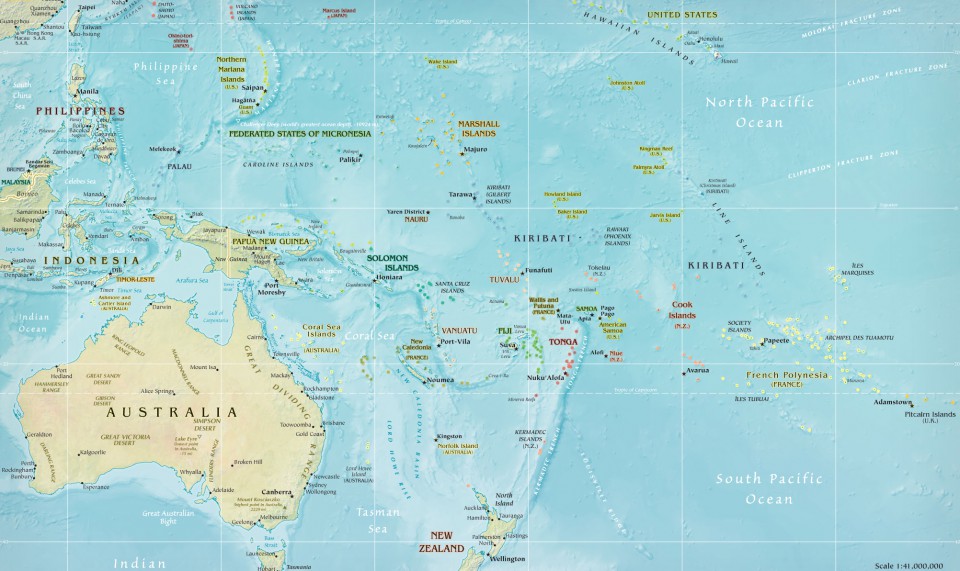Tags
Dr Paul Dane, establishing psychoanalsyis in Australia, Group Analysis in Australia, Group analytic Therapy in Australia. Who began group analysis in Australia?, War Shock and trauma
And so, on the quest to find how psychoanalysis threaded its way through Australian life and culture, I have been perusing the Medical Journal of Australia in the State Library of Victoria. One year, two volumes at a time, of monthly reports and newsletters. It is close reading material, but worth the time and effort.
Apart from medical reports and photographs that only medical practitioners can understand, there are articles about history, Australian settlement, and anything that any doctor found interesting and decided to write about. They are an eclectic bunch, these medical men. And of course, women. Paediatricians, oncologists, physicians, and all specialties. What made a good ‘medical man’; how medical men were members of a club, participants in a vocation, specialists, separate and apart from the rest of the world, at once akin to God, but like ordinary mortals, trying to work out how to best serve their profession.
I have began to have my favourites. EP Dark’s articles on socialised medicine during the 1940s caused more than a modicum of consternation, often from, no less, Dr Paul Dane from Melbourne. Dane was a staunch believer in the right of medical men to set their fees, and work, without interference, or regulation, from government.
Dane has found his place in the Australian psychoanalytic hall of fame for his earnest work establishing the Melbourne Institute of Psychoanalysis. But his contributions to the understanding of war trauma is not yet recognized as much as it should be. His lovely, compassionate article on War Neuroses published in the International Journal of Psychoanalysis in 1927 is surely an account that draws on his own experience of illness, and relief at being evacuated from the field of war. His image of the rocking motion of the train carrying the wounded soldier to safety after the desecration of battle – the babe’s relief when mother cradles him in her arms, rocking and crooning, summons the memories of most, after some deeply traumatic and humiliating experience. Dane’s years treating war shock patients at the Fifth Australian General Hospital in St Kilda Road in Melbourne, had their dividends in his work to establish psychoanalysis as a clinical discipline.
Dane’s contribution to beginnings of group analysis in Australia is also noteworthy. Such work was probably not long enough for he died in 1950, a little over a year after he published an article entitled ‘Observations of Group Therapy’ in the Medical Journal of Australia ( July 25 1949). Written after a tour of inspection in Washington, Dane recorded his experiences of four groups of psychotic and borderline patients at St Elizabeth’s Hospital over seven months. The work had developed in response to need – as large number of war traumatized patients sought help. Dr JH Pratt of Boston and Dr Moreno of New York were named as pioneers.
Group therapy had emerged in the interwar years, Dane wrote… at least that what we had been told. But sick people had long been treated in groups, he went on to say – in the temples of Diana in Ancient Greece. And so too were members of the Christian faith. Even so the discipline was new; practice was still being established and, he noted, the ideas about groups were extending to family treatments.
Dane went onto discuss small and large groups, the interplay of interpersonal dynamics and instinctual forces, the frequency of treatment sessions, and the management of the group conductor – one or two.
‘The therapist is of course the most important member of the group’, Dane wrote. It is not essential that this person be a psychiatrist, he continued, but should have a sound training in psychoanalysis – ‘he should be analytically orientated and, better still, have undergone a personal analysis. I do not think it is possible for anyone, however skilfull a psychiatrist he may be, who has not become analytically minded to understand the complex interplay of forces that occur in an individual analysis as well as in group analysis. Repression, transference, identification, are among the chief mental mechanisms that must be understood, that must be observed and interpreted, only a person analytically trained is fully competent for these tasks’. Dane was a long time supporter of the medical professional’s claim upon psychoanalysis, at least in mid-twentieth century Australia.
Dane continued, exploring the ideas about shared experience, and the differences, advantages and disadvantages of group therapy in relation to individual therapy. And whether there was danger in this method. Group therapy is not intended to replace individual therapy, he continues. ‘ Ít is a supplement or an aid to such therapy; and both can be conducted simultaneously. ‘We do not yet know its limitations or possibilities, but it is a form of therapy that has come to stay’, he concluded. ‘It should form part of the treatment in all institutions and clinics that deal with psychosis and neurosis’.
There is much more to this article – a contribution to the beginnings of Group Analytic Therapy in Australia. After Dane’s passing Dr Frank Graham took up the mantle, diverting from Dane’s interest in returned soldiers to develop and teach group analytic therapy on broader, analytic principles, in Melbourne. The Australian Association of Group Psychotherapy, an outcome of this work, is continuing.
References
Paul G Dane, Observations upon Group Therapy, The Medical Journal of Australia, 23 July 1949.
